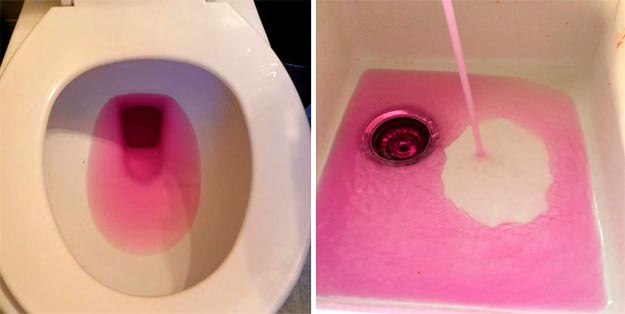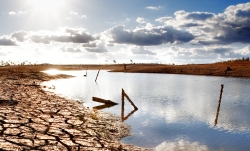Residents in the Canadian town of Onoway, Alberta got quite a shock on Monday night when their drinking water suddenly turned bright pink. And we’re not talking just any old pink – that colour is outrageous.
Town officials have been forced to apologise to the locals, putting the neon nightmare down to a valve malfunction during some routine maintenance. Turns out, the pinkest chemical you’ve ever seen removes impurities from wastewater, and somehow it made its way into the Onoway reservoir.
“The Town of Onoway sincerely apologises for any alarm this may have caused. We assure you our water is safe and Public Works is doing everything they can to abate the situation as quickly as possible,” the local council said in a press statement. Read more






